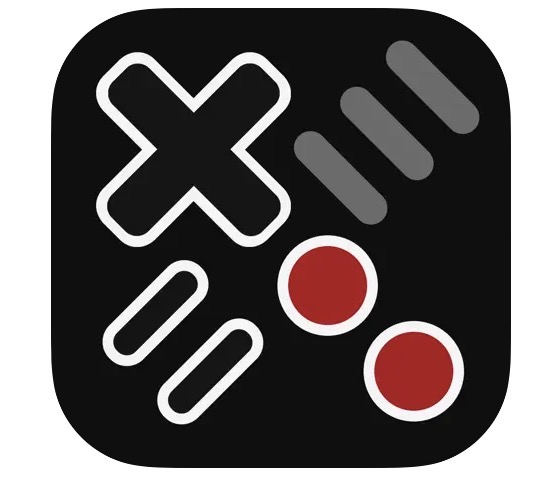
How Instagram Decides What You See, Explains CEO

Adam Mosseri, CEO of Meta-owned Instagram, addressed public misconceptions about how the app functions and revealed the platform’s new and improved features. The update aimed to offer a detailed explanation of the Instagram ranking system and showcase new features devised in response to creator feedback.
Instagram operates using several algorithms, classifiers, and processes, each with its individual purpose, explained Mosseri on Wednesday. Its goal, Mosseri says, is to personalize user experiences to maximize their time on the platform.
Accordingly, each part of the app – Feed, Stories, Explore, Reels, Search, and more – has its algorithm tuned to how people use it. With personalized features and controls like Close Friends, Favorites, and Following, users can customize their experiences further.
Mosseri went on to break down how different parts of the app are ranked, beginning with Reels. Like Explore, Reels is designed for discovering new content and primarily displays videos from accounts users don’t yet follow. The ranking process is similar as well, focusing on reels that users might find interesting or entertaining. Key signals considered include user activity, user history with the person who posted, information about the reel, and the poster’s popularity.
Explore functions similarly, aiming to recommend photos and videos from accounts not followed by users. Signals for ranking on Explore focus on post popularity, user activity within Explore, interaction history with the person who posted, and information about the person who posted.
The CEO also outlined how Stories are ranked, explaining that Stories, which are primarily shared by followed accounts, are ranked based on viewing history, engagement history, and the user’s relationship with the author.
Lastly, he discussed Feed, a personalized space featuring a mix of content from followed accounts, recommended content, and ads. Signals for Feed ranking include user activity, information about the post, information about the person who posted, and the user’s history of interacting with the poster.
These updates and insights from Instagram provide greater transparency on the platform’s operations and reveal its commitment to improving the user experience, particularly for creators. As Mosseri concluded, the goal is to strike a balance between the content users follow and content from new accounts they may find interesting.
At the end of the day, Mosseri didn’t exactly share the secret sauce, did he? We all know Instagram will show you content based on your interactive history with similar posts and such. The algorithm decides all and sometimes it can be just a bit too creepy (accurate) in showing you stories and posts, keeping you glued inside the app.

